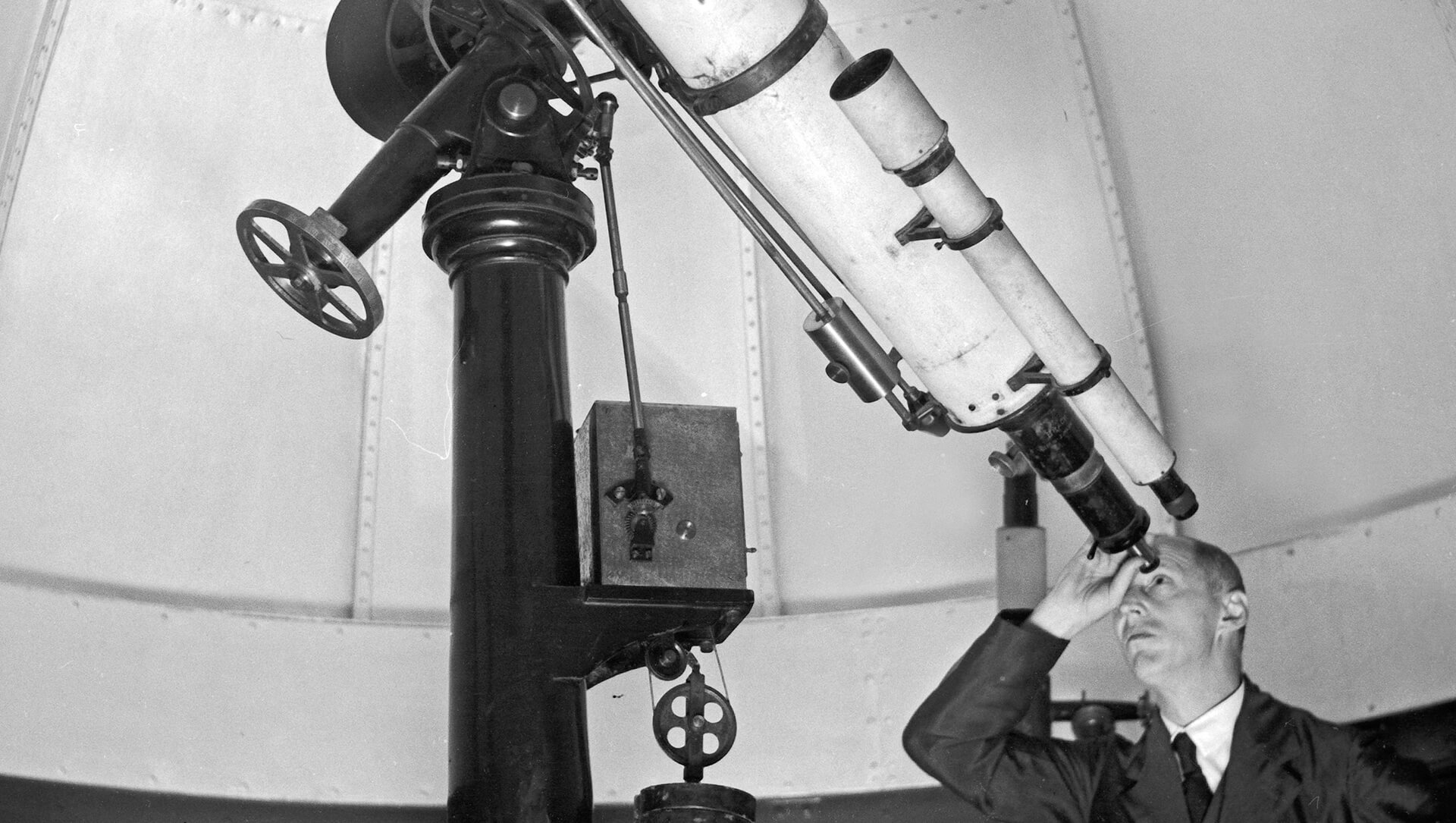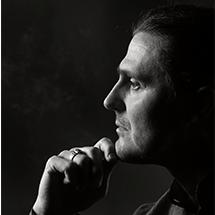By itself, the LiveDevice matrix is only the primary basis of the proposed scientific approach. Further, it can be used to develop specialised matrices. According to the principle of fractality, any of its cells can be considered separately as a whole matrix of a lower order, the structure of which will exactly repeat the original universal matrix but filled with its own values. For the purposes of this publication, we considered this example only in general terms, but, if necessary, we can continue the process of constructing more detailed fractal matrices to refine the solution. In our example, to determine the right place for AI as a “result” value more precisely, we can build a matrix of the next level, containing the principles for developing automated systems that are safe for humanity.
EXAMPLE II
By using the LiveDevice matrix, we can practically approach even such a seemingly philosophical topic as the problem of Good and Evil.
In the higher plane, the observer feels the Light above him, the Darkness below and around him. This establishes the reference order and status of light and dark aspects in all their manifestations. Compliance with the order in which Light prevails over Darkness gives the observer the experience of Good, violation of this order — the experience of Evil. Dividing the values of the matrix into light and dark ones helps an individual consciously observe this hierarchical order, that gives him the experience of Light, or Good, conducive for his development. If, however, an individual in his life experiences a reversal of these values, when the light and dark ones are swapped, he will get the experience of Darkness and suffering. That can be called Evil, and it paves the path to degradation and destruction.
This can be illustrated by the simplest human value “result”. If the “receiving” function is the leading one in it, and “giving” is the subordinate one, a person will naturally be directed to receive more. At the same time, he will give, but only what his environment, the multitude, the Darkness takes away from him and not more. Such a focus on receiving from the multitude, from the Darkness, is good. If, in this value, the function “giving” becomes the leading one, and the “receiving” function becomes the driven one, the individual will tend to give everything away — to Darkness. At the same time, it will be less important for him what he receives from his environment in return. Such an unnatural state will lead him to exhaustion, limitation and inferiority — it will awaken Evil in him.
On the scale of all values created by man, Good and Evil manifest themselves as follows: Good is when a person sacrifices a lower value for a higher one; Evil is when a higher value is subordinated to the one that is in the hierarchy below it.
So, if a person sacrifices a “result” for the sake of his “image”, for example, he accepts a decrease in profits in order to maintain a good reputation, this is Good. Although it leads to material losses in the short term, in the long term it contributes to his personal development and ensures the respect of others. If a person sacrifices “image” for the sake of “result”, he manifests Evil, becomes acquisitive and selfish, causing others to have a negative attitude towards himself.
From birth, we have been masters of our body as a material instrument of interaction with the world. Proposed LiveDevice approach provides us with a subtle body-adequate tool for understanding the place, function, and interactions of any phenomena in any system. Thus, the proposed approach can solve even eternal issues. It not only gives a clear understanding and distinction between the concepts of Good and Evil, as well as an integral system of values that can be used as a measure, but also accurately describes the mechanism and consequences of violation of the natural order of things.
Thus, an integral approach with the observer at the top unites the spheres of spiritual knowledge, philosophical views and practical aspects of human life. This solves the problem of the lack of a holistic concept in science identified at the beginning of this publication. We use this approach effectively, and it helps us diagnose and solve the most difficult problems.
We are grateful for constructive criticism and are open to discussing the possibilities of improving the approach and sharing experiences.
Image by Albert Russ from Shutterstock.com

Description of the process of thinking that takes place in the higher plane of reality and is aimed at cognition.

The crisis of the worldview. The need for a clear and holistic worldview that unites religion, science and philosophy. The individual's main choice.

Sources of the worldview and its influence on an individual. The importance of a clear definition of terms. The need to restore culture.
